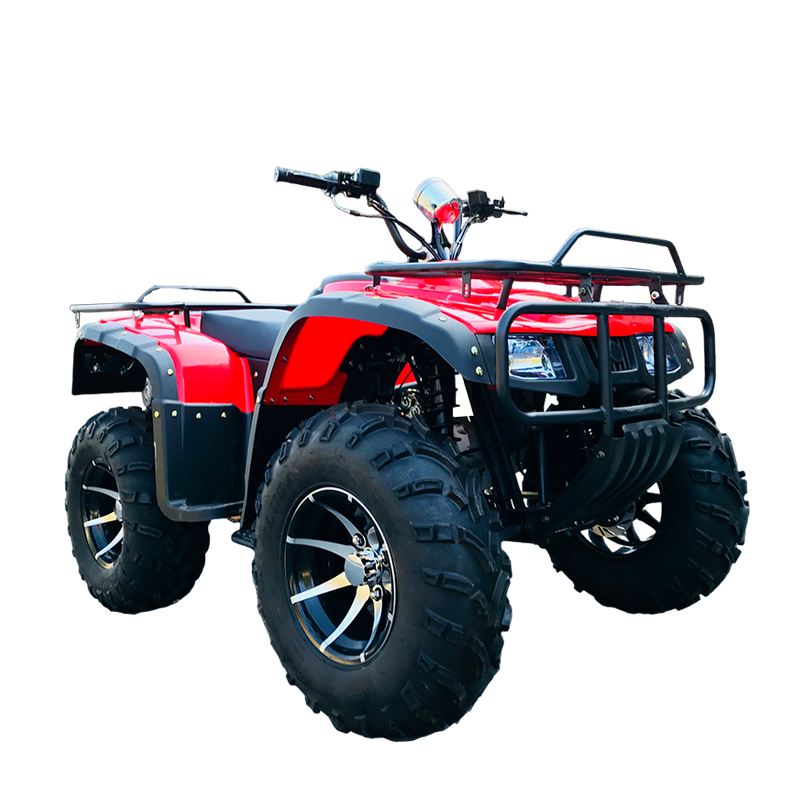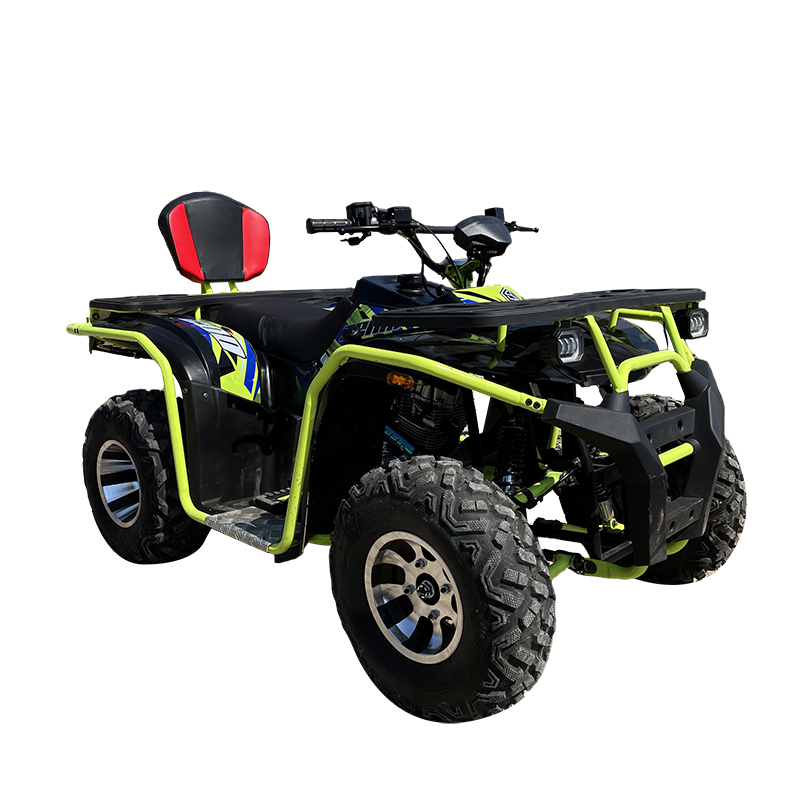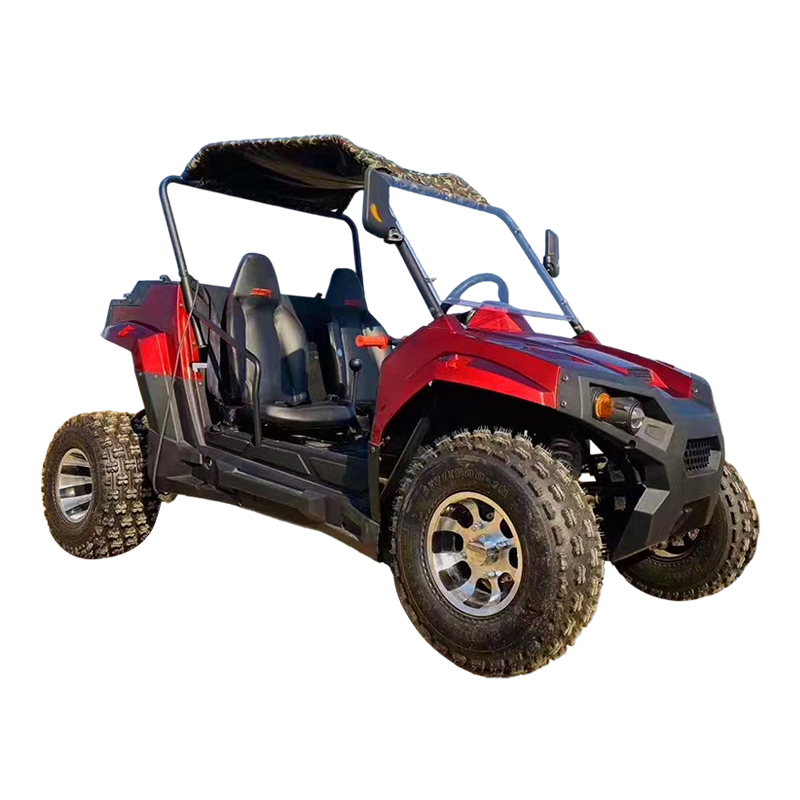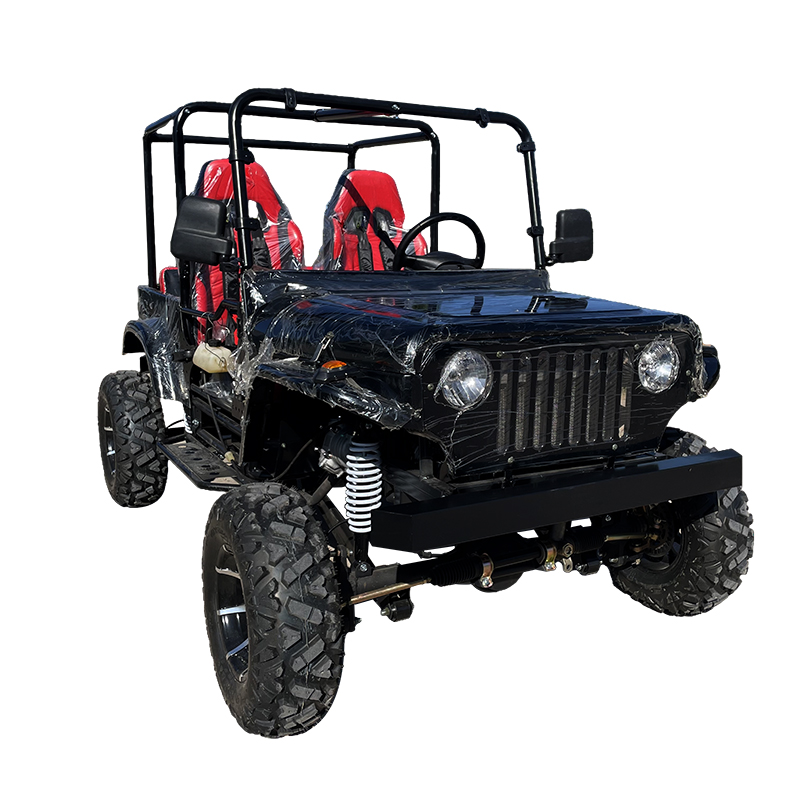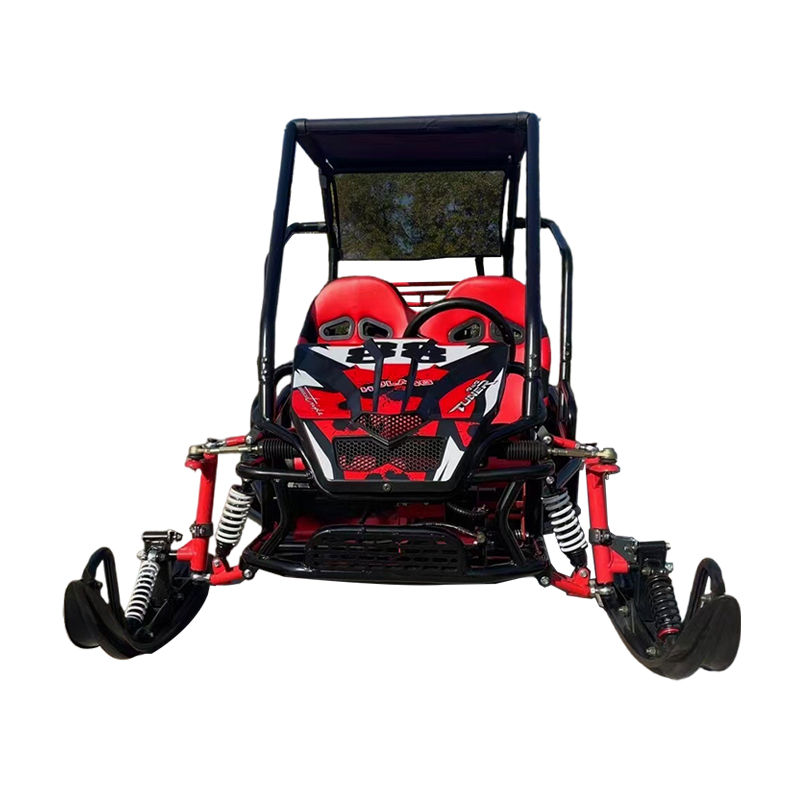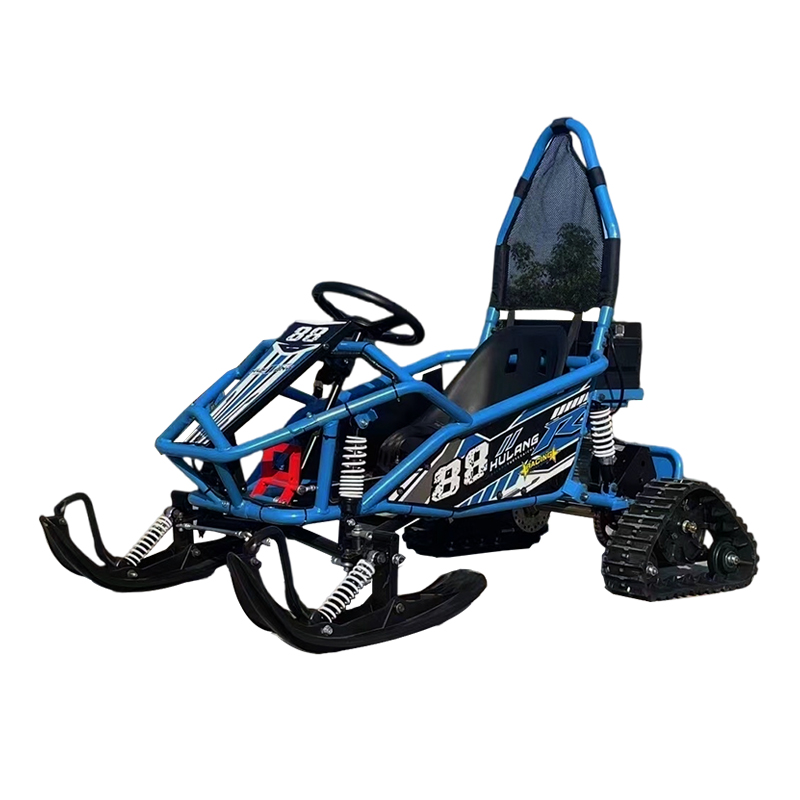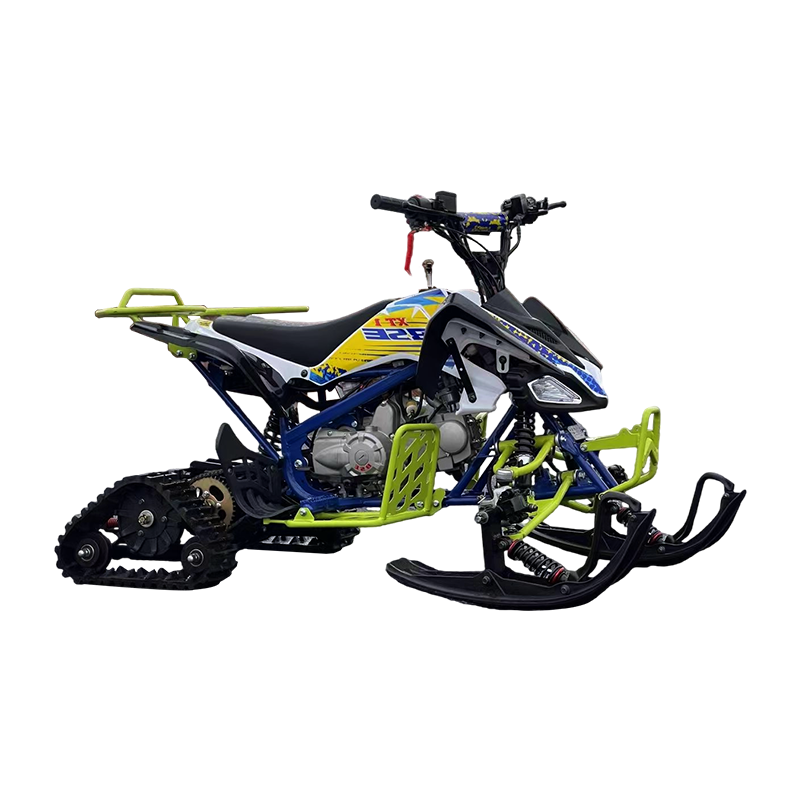As the demand for off-road vehicles continues to rise, more riders and outdoor workers are turning their attention to UTV quads. These utility task vehicles (UTVs), often referred to as side-by-sides, are becoming a popular alternative to traditional ATVs due to one key advantage: outstanding stability. Whether for recreational trail riding, farm work, or rugged terrain exploration, the UTV quad delivers a safer, more balanced driving experience. But what exactly makes it more stable than an ATV?
and obvious difference is the UTV quad's design. Unlike an ATV, which is typically ridden straddled like a motorcycle, the UTV features a wider, lower chassis with seating more like a car. This lower center of gravity directly contributes to better balance and less risk of rollover—especially when navigating steep inclines, sharp turns, or uneven surfaces. The four-wheel base and wide stance of the UTV quad are engineered specifically to minimize tilting, making it a preferred choice for challenging environments.
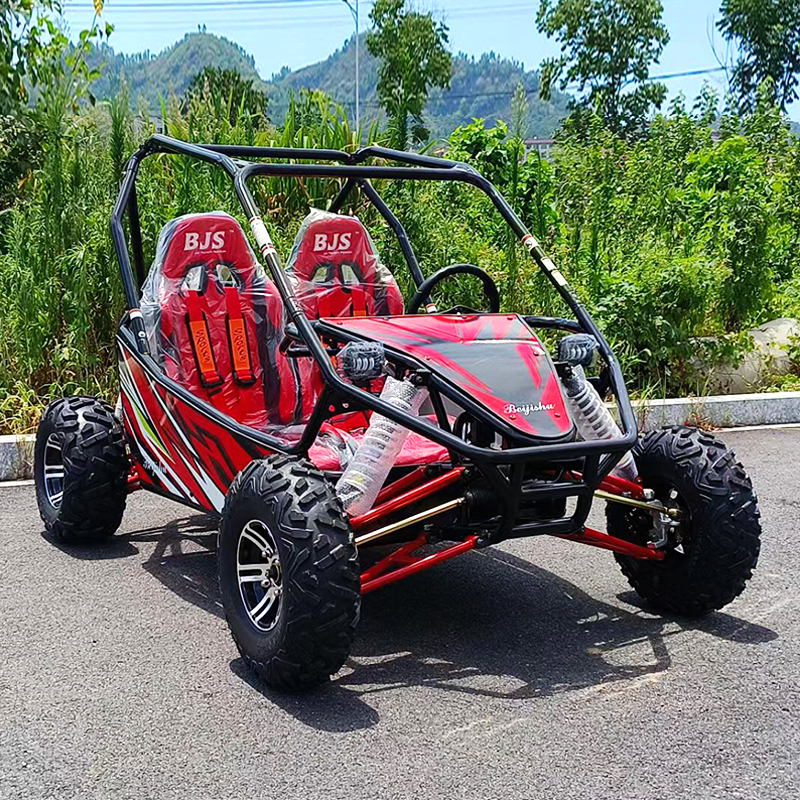
Another major contributor to the stability of a UTV quad is its suspension system. These vehicles are typically outfitted with independent suspension on all four wheels, absorbing shocks and maintaining ground contact even over rocky or bumpy terrain. The driver and passengers experience a smoother ride, and the vehicle remains in control, even at higher speeds. This suspension technology is often more advanced in the buggy UTV 4x4 category, which is designed for sport use and trail conditions, where traction and balance are crucial.
Electric options like the electric UTV 4x4 also play a role in enhancing vehicle stability. Unlike traditional gas-powered models, electric drivetrains offer smoother torque delivery, eliminating the jerky acceleration or braking that can cause instability. In an electric UTV 4x4, the power is distributed more evenly across all wheels, improving traction and making it easier to control in tricky spots such as mud, snow, or loose gravel.
Driver positioning is another factor. In a UTV quad, the driver is seated with feet forward and protected within a roll cage or cab, which adds not only safety but also better body posture for balance. Contrast this with ATVs, where the rider must lean and shift weight continuously to manage terrain. While skilled ATV riders can maneuver effectively, it requires far more physical input and training to maintain control—especially at high speeds.
Modern buggy UTV 4x4 models are also fitted with seat belts, roll bars, and protective bodywork, all of which offer more protection in case of an accident. These features reduce the need for the rider to use body movement as a balancing tool, again enhancing stability. The addition of features like power steering and electronic stability control in newer electric UTV 4x4 models only strengthens the argument for choosing a UTV over an ATV when safety is a top concern.
Work applications are another area where the UTV quad excels. On farms, in construction zones, or in forestry operations, the ability to carry tools, tow equipment, and transport multiple passengers with reduced risk of tipping is a significant advantage. Buggy UTV 4x4 models used in rugged work zones have proven to be more stable and reliable than single-rider ATVs.
The UTV quad offers a combination of thoughtful engineering and functional design choices that make it inherently more stable than traditional ATVs. Whether you're considering a gas-powered buggy UTV 4x4 or an electric UTV 4x4 with eco-friendly benefits, the enhanced stability, control, and safety features make the UTV platform an outstanding choice for both work and play. As technology advances, we can only expect these vehicles to become more capable, more comfortable, and even more stable across all types of terrain.

